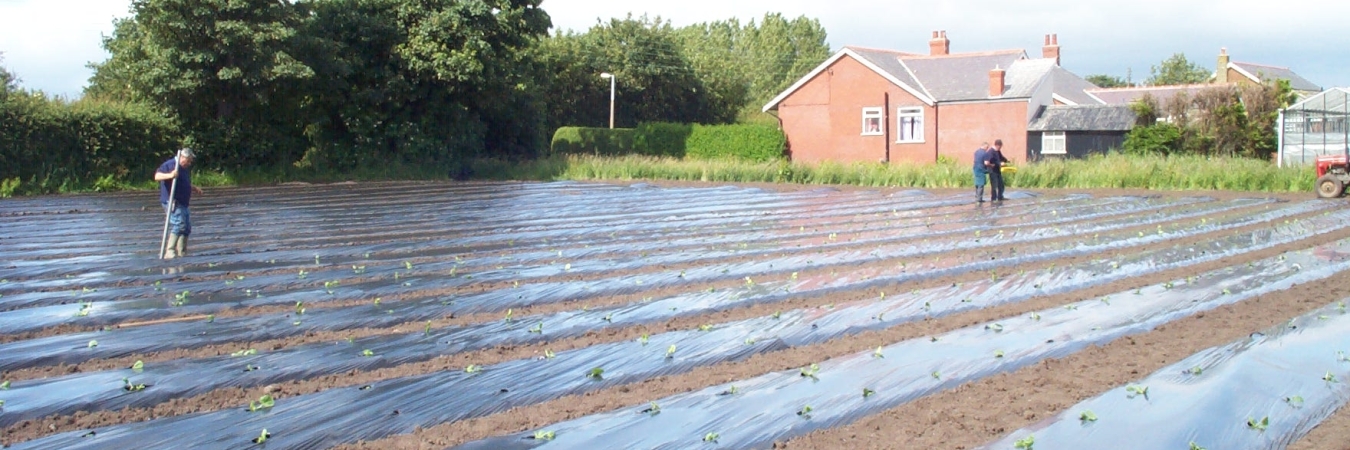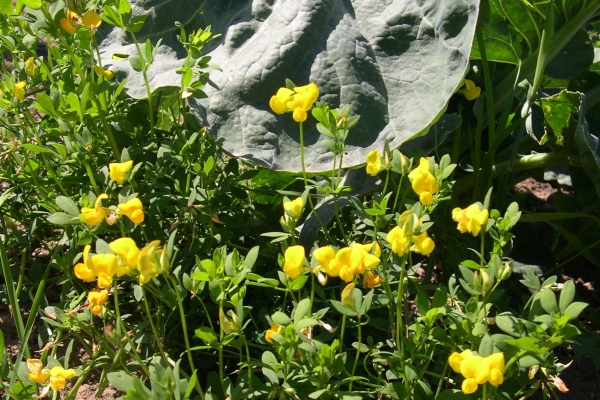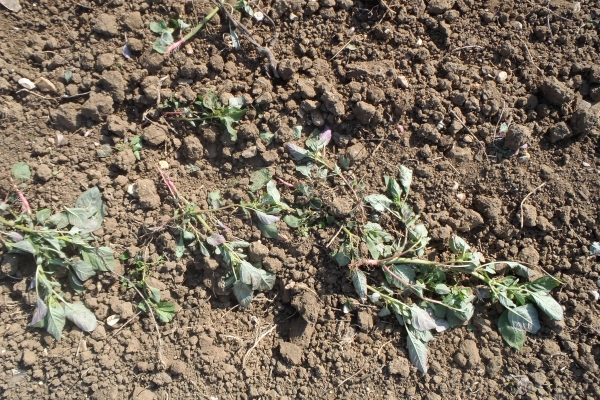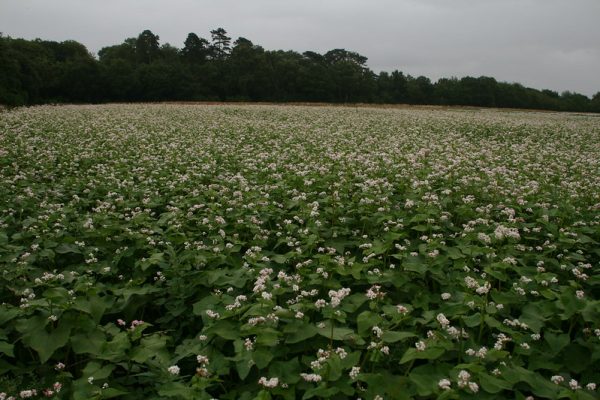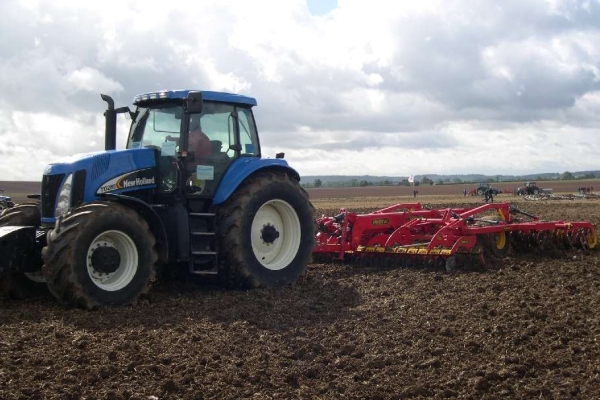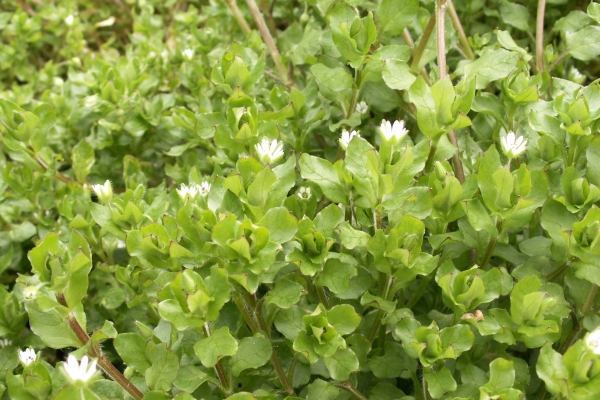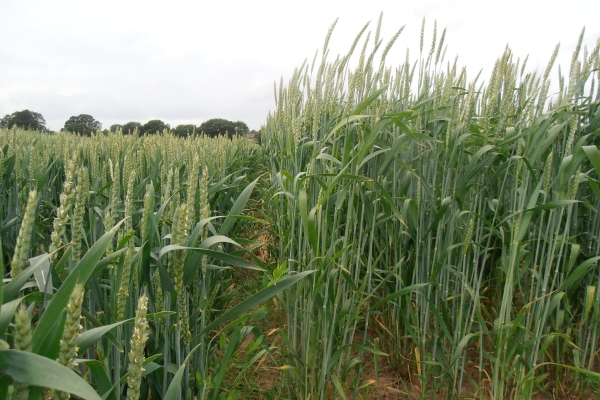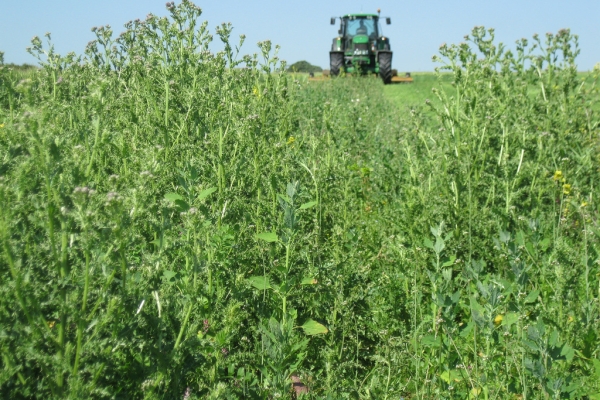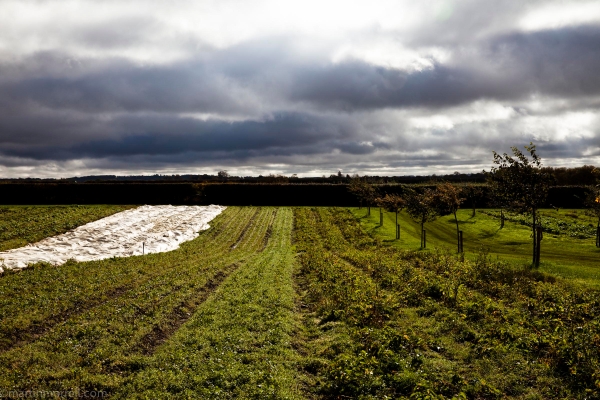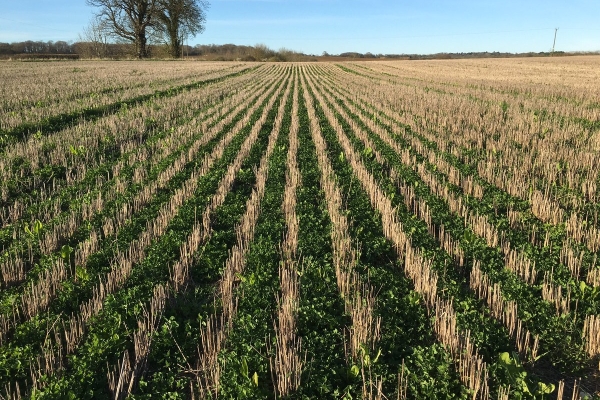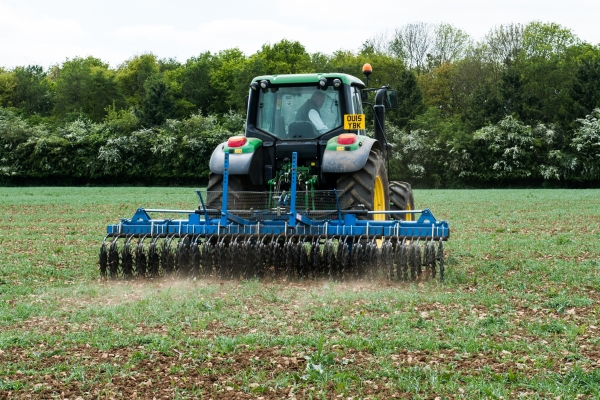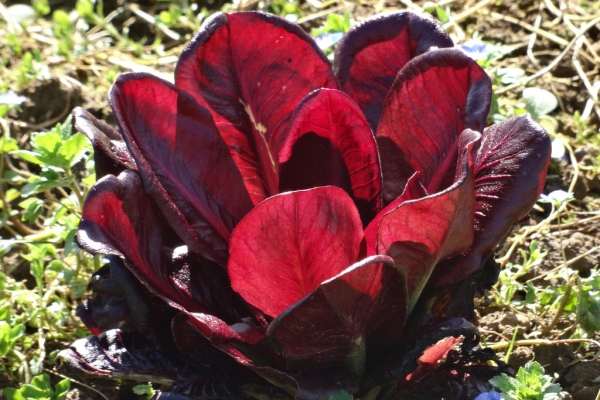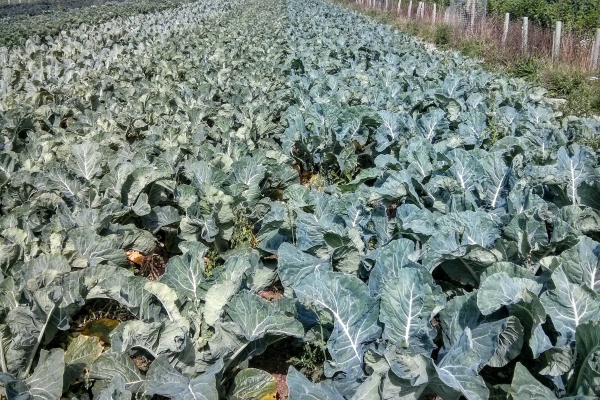Annual Weed Management in Organic Systems
Resource explained
Annual weeds can reduce crop yield and quality, delay maturity and hinder harvesting. They can also act as hosts for pests and diseases and as a ‘green bridge’ that maintains a disease when the normal crop host is absent. However, some species can be beneficial to farmers. This leaflet, produced by Garden Organic (formerly HDRA) as part of the Organic Weed Management Project OF0315, covers: weed biology; germination periods; what farmers can do before planting crops; the most common types of annual weeds; direct control, mechanical, thermal, manual weeding and post-harvest options, and some of the biodiversity benefits of weeds.
Findings & recommendations
- Annual weeds can be prevented by:
- Designing a rotation that includes annual and perennial crops, spring and winter sown crops and crops with different habits, and using different machinery types through its course. This is the primary cultural control tool
- Fertility building using leys, green manures and undersowing
- Choosing appropriate crop varieties and ensuring spacing allows for weeding
- Advancing crops as far forward as possible compared with weeds
- Making use of grazing livestock
- Mulching
- If soil conditions allow, annual weed control is most effective when recently germinated weed seedlings are at the ‘white thread’ stage before emergence. Very light harrowing in dry conditions kills the seedlings.
- At low densities, weeds can provide some benefits for the farmer; they can help conserve soil moisture and prevent soil erosion, reduce leaching of nutrients (particularly nitrogen), provide shelter for natural enemies of pests or act as alternative food sources or decoys for crop pests, provide food for many seed-eating birds, host a number of useful insects, and be indicators of growing conditions in a field.
Header image credit: Garden Organic
